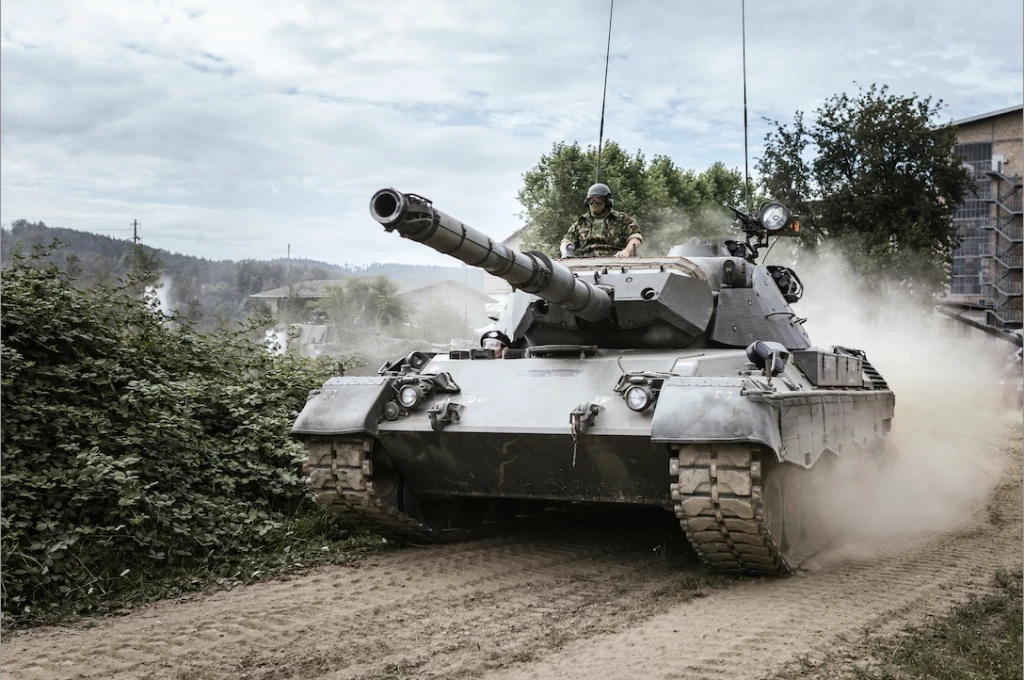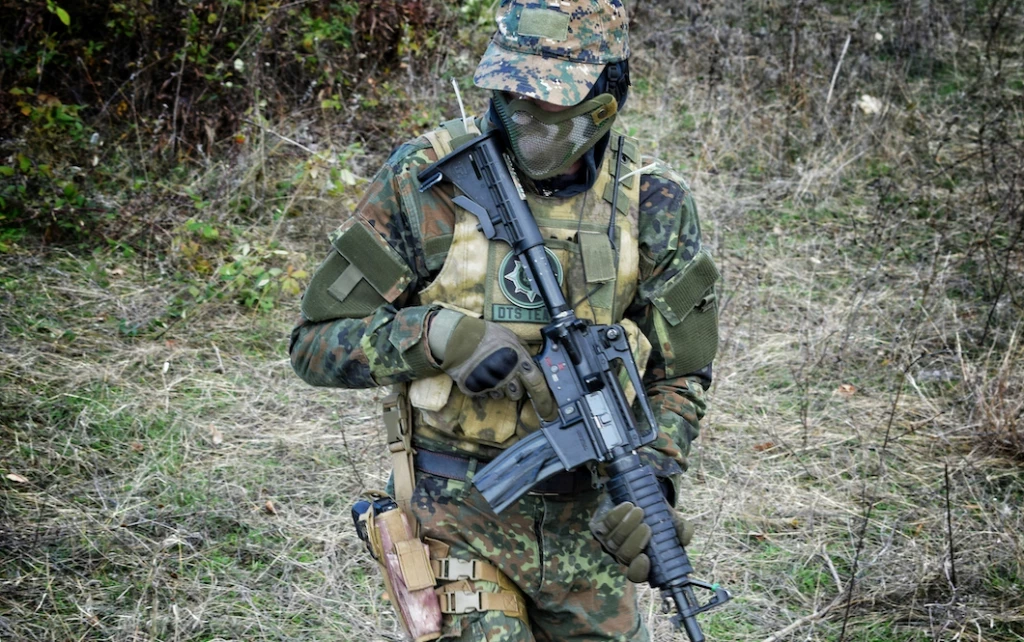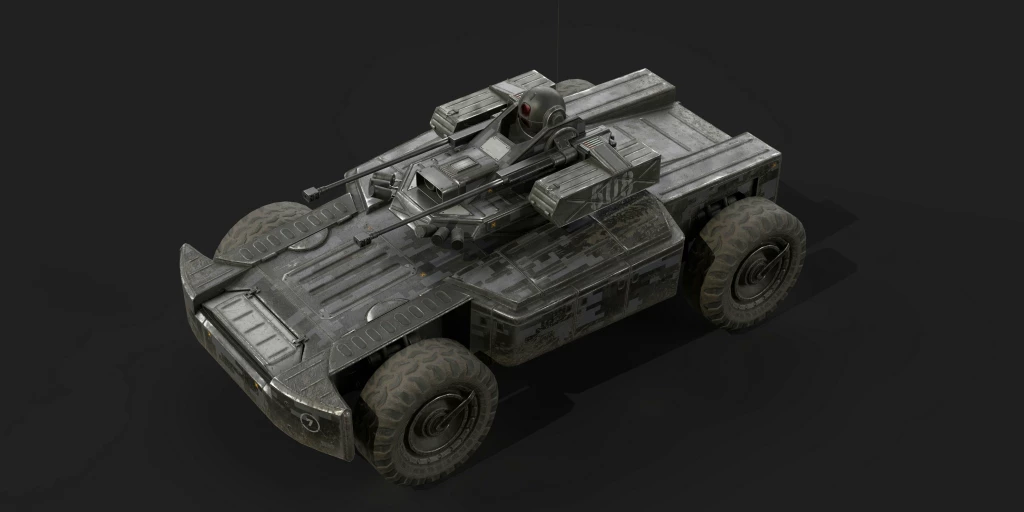Lieutenant General Sir John Kiszely on the UK's Ground Combat Vehicle Initiatives
Add bookmark
The United Kingdom has become one of the most adaptable fighting forces today. Key lessons learned in counterinsurgency operations in the Malayan peninsula and Ireland have given senior leaders the ability to adapt, change and overcome a given threat. This has also been seen in both Operation Enduring and Operation Iraqi Freedom.
[inlinead]
The Ministry of Defence (MOD) has fielded thousands of Soldiers and Royal Marines to combat zones with the latest technological advances in modern weaponry and equipment. This applies to both the ground combat equipment and the ever important vehicle community that supports those dismounted. The growing and ever present threat by Improvised Explosive Devices (IEDs) and an even bigger threat from Explosively Formed Penetrators (EFPs) have forced allied nations to shift their ground vehicle strategy.
The British Army has brought to the fight the Land Rover Snatch, Vector, Viking ATV, Mastiff 2, Panther and most recently the Husky and Wolfhound vehicles. Partnered with vehicle casualties in Iraq, development and production has come a great way in terms of protecting the precious cargoes.
Lt General Sir John Kiszely knows the threat to sons and daughters of the United Kingdom better than any. Having served as the Deputy Commander of Multi National Force Iraq (MNFI Iraq) to General David Petraeus his experience spans decades in multiple conflicts. An outspoken supporter of improving the UK’s armoured vehicle fleet, Lt. Gen. Kiszely speaks in this podcast about the absolute need for change and adaptation to the threat with the increased design and protection for the armoured vehicle community.






















